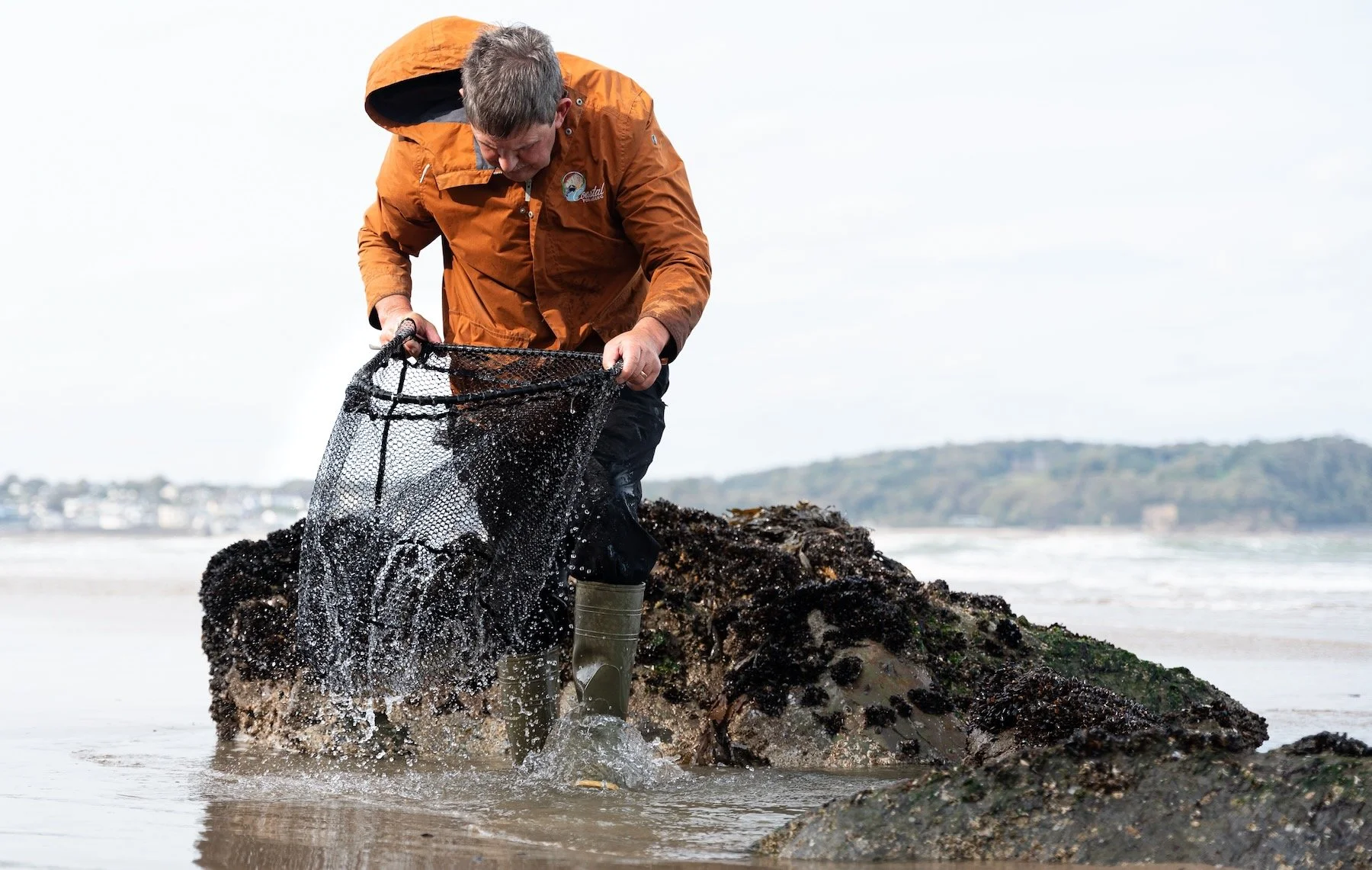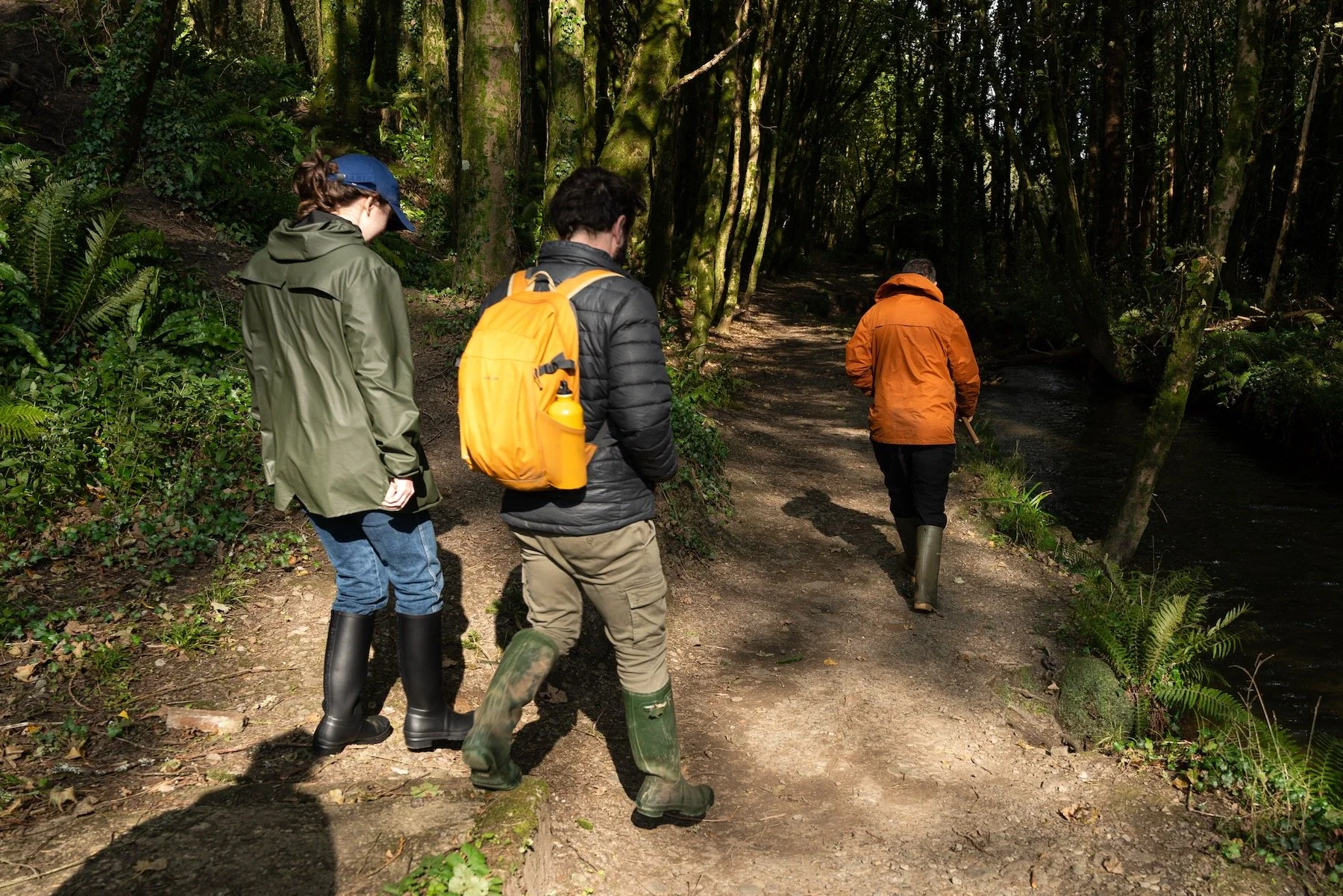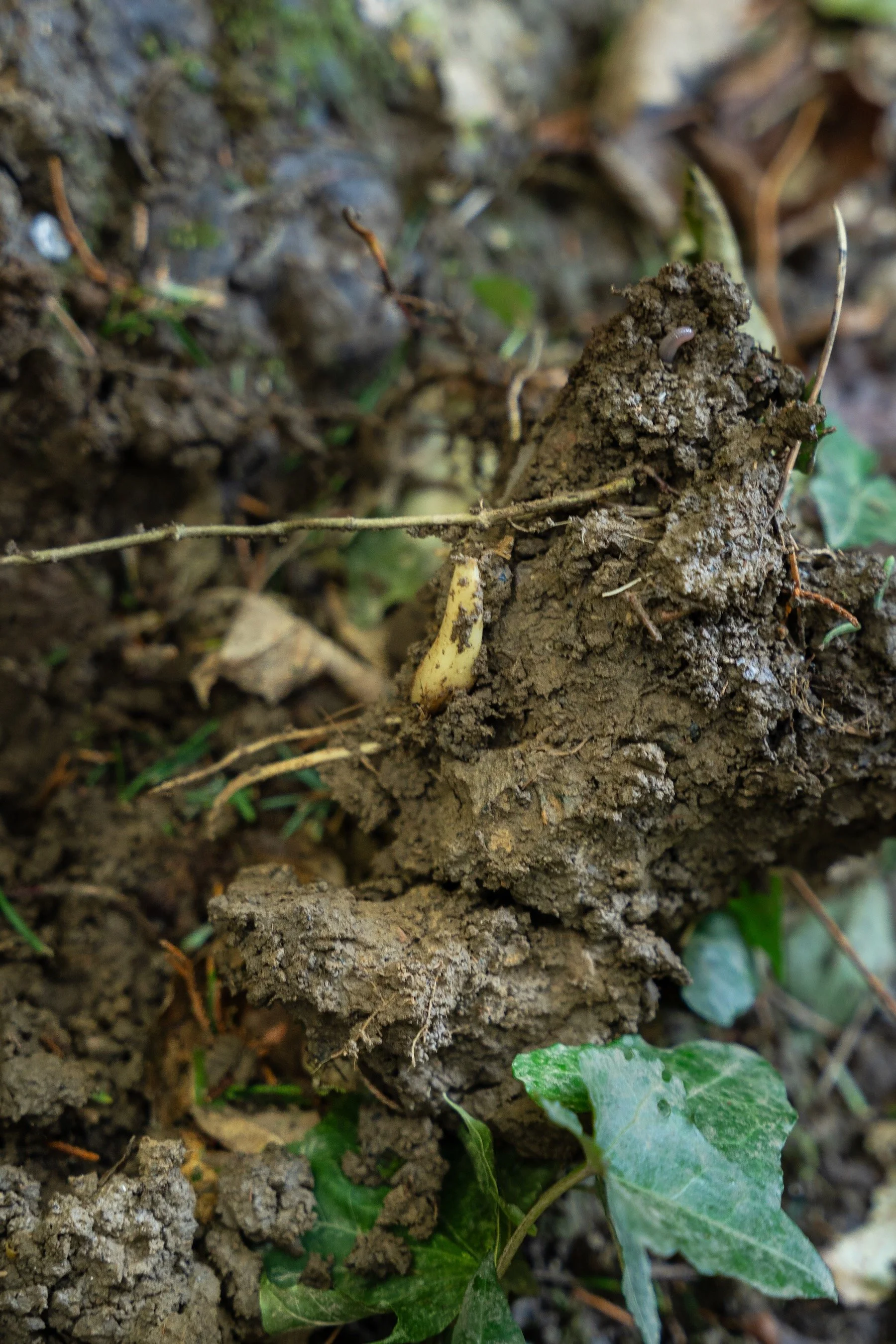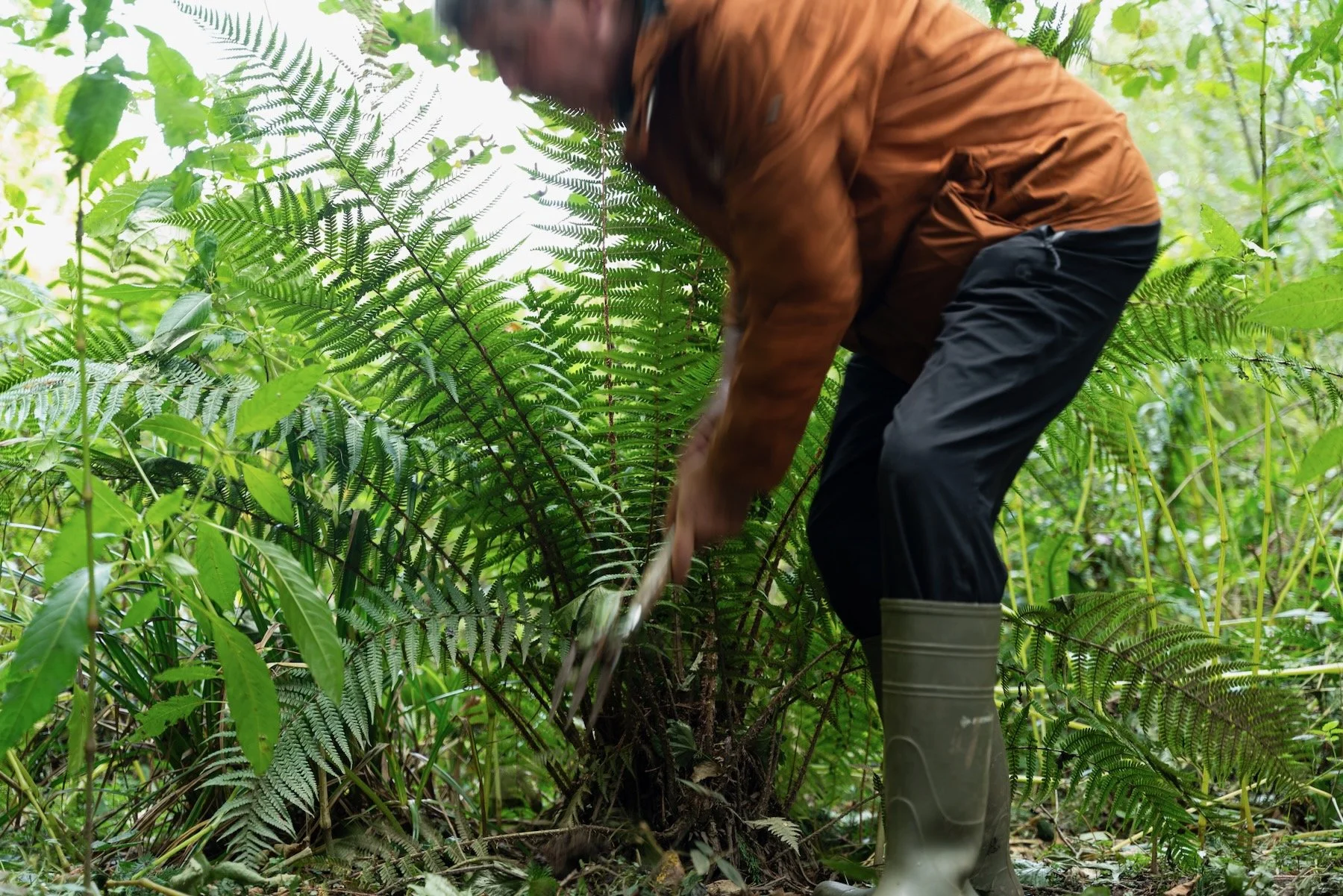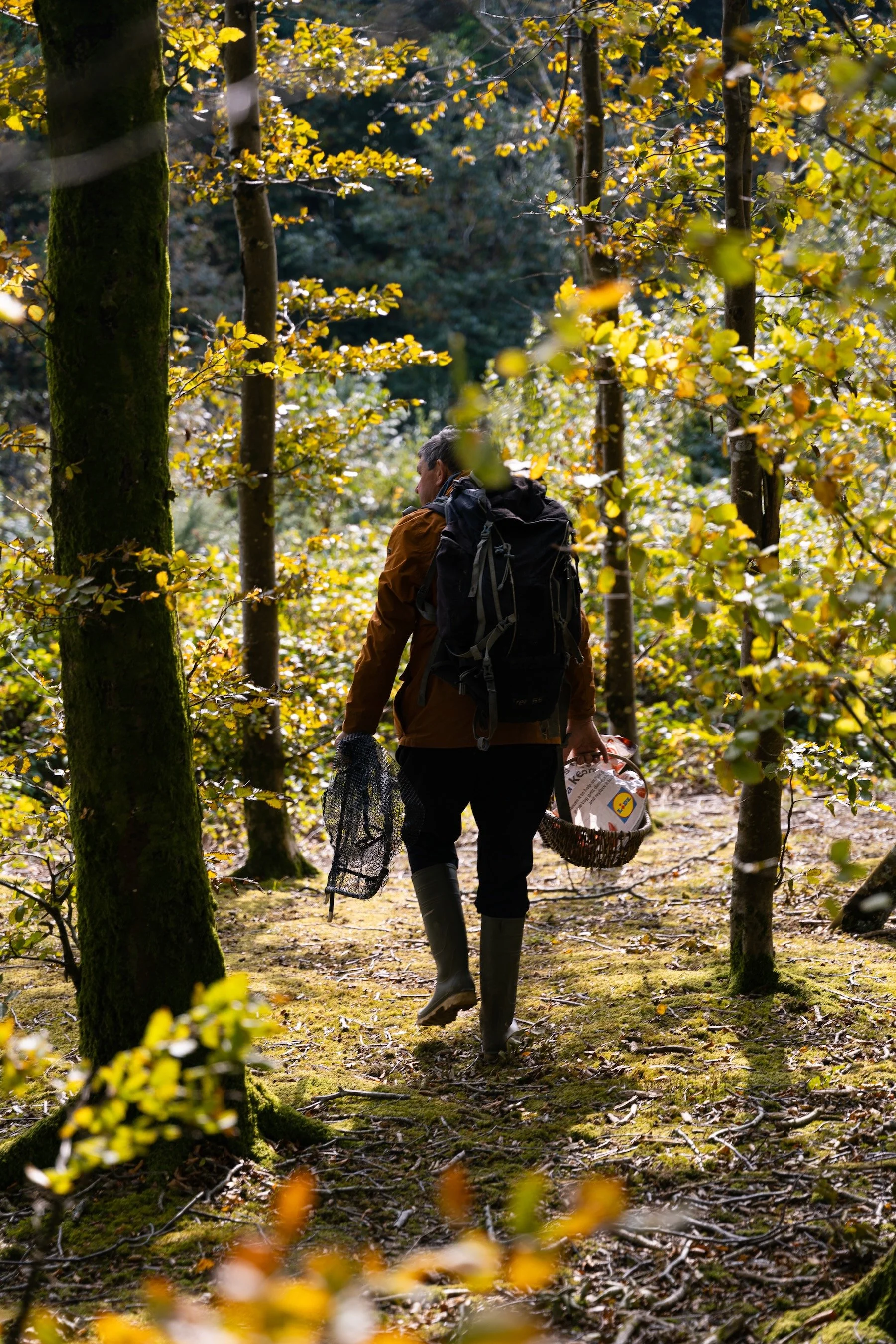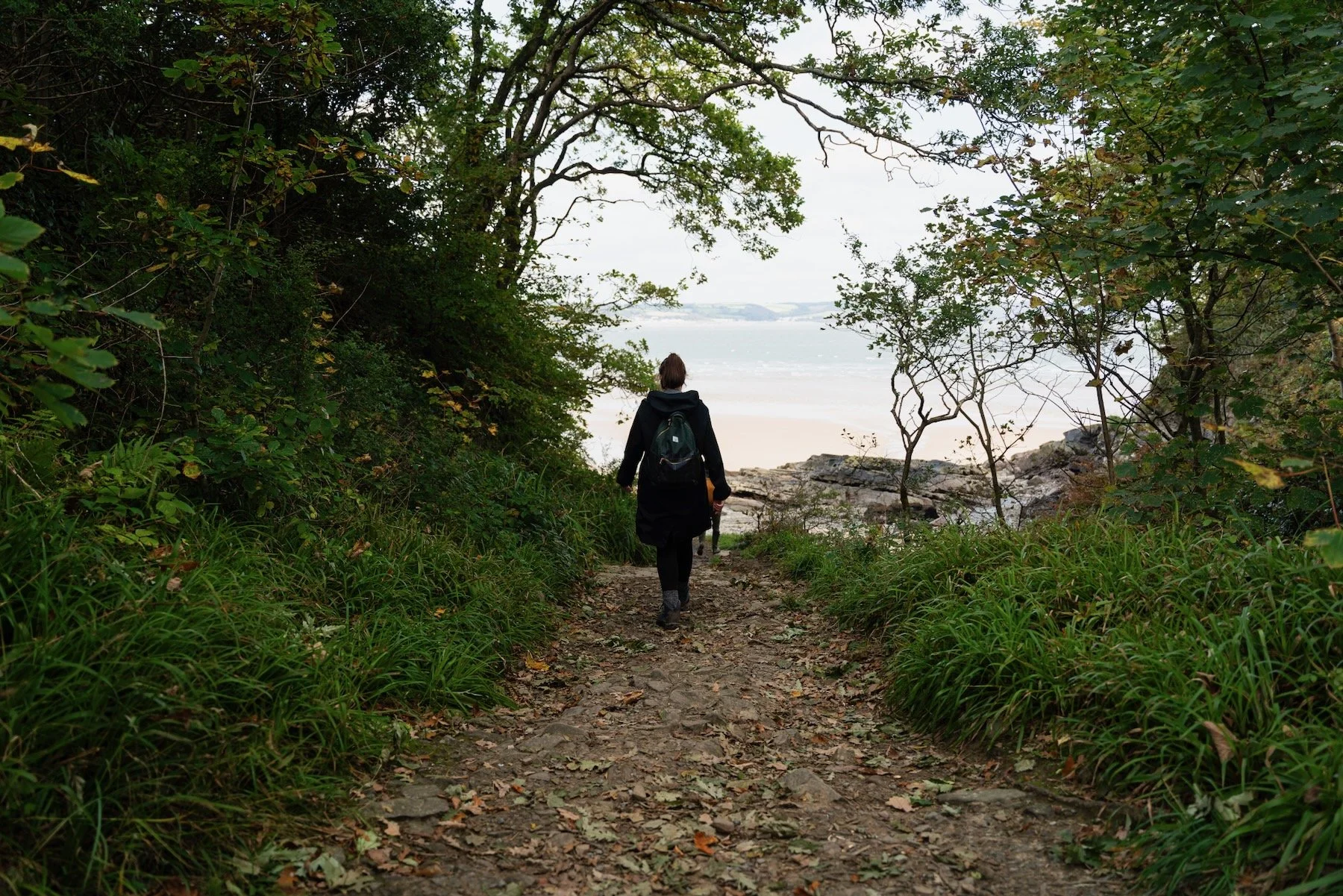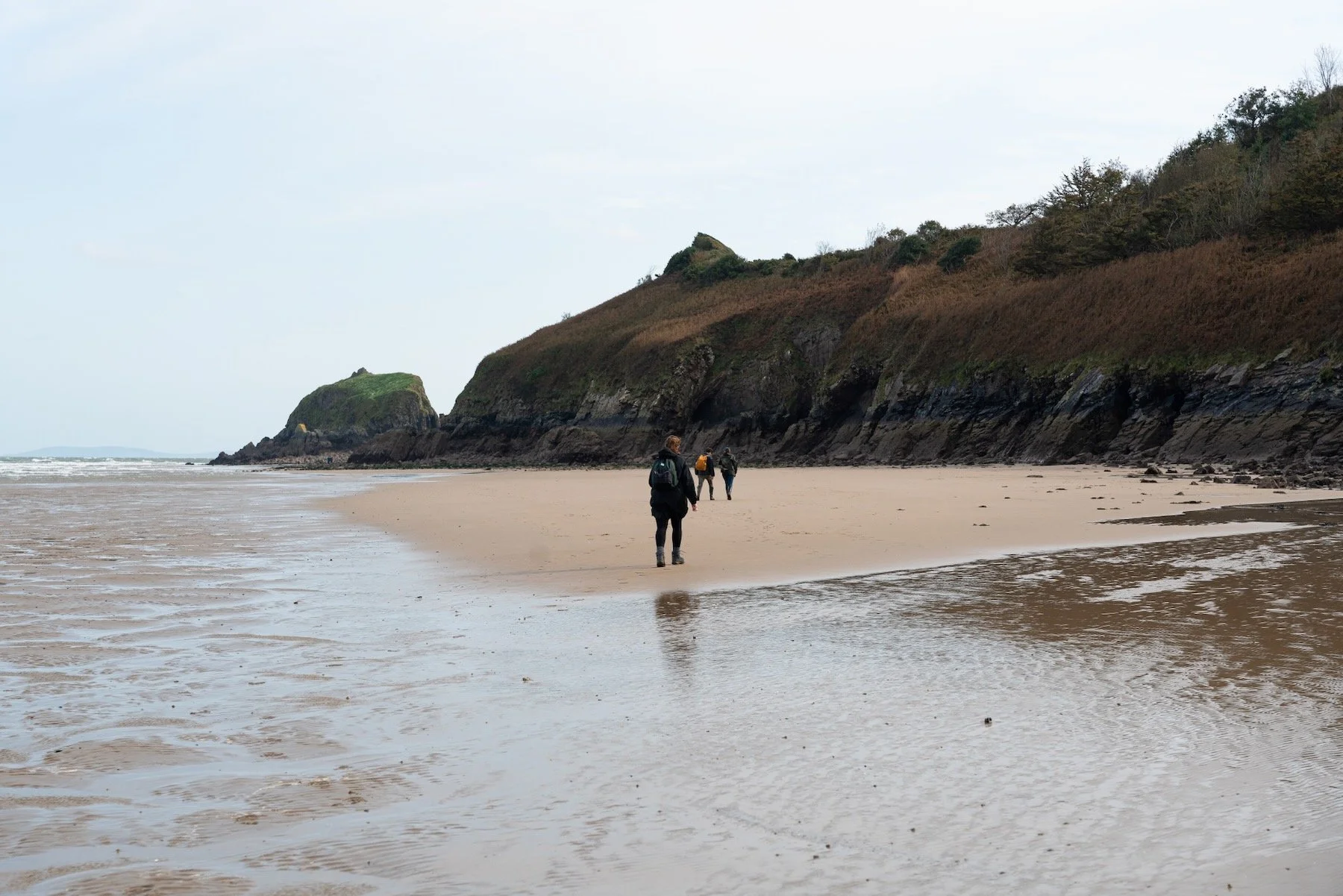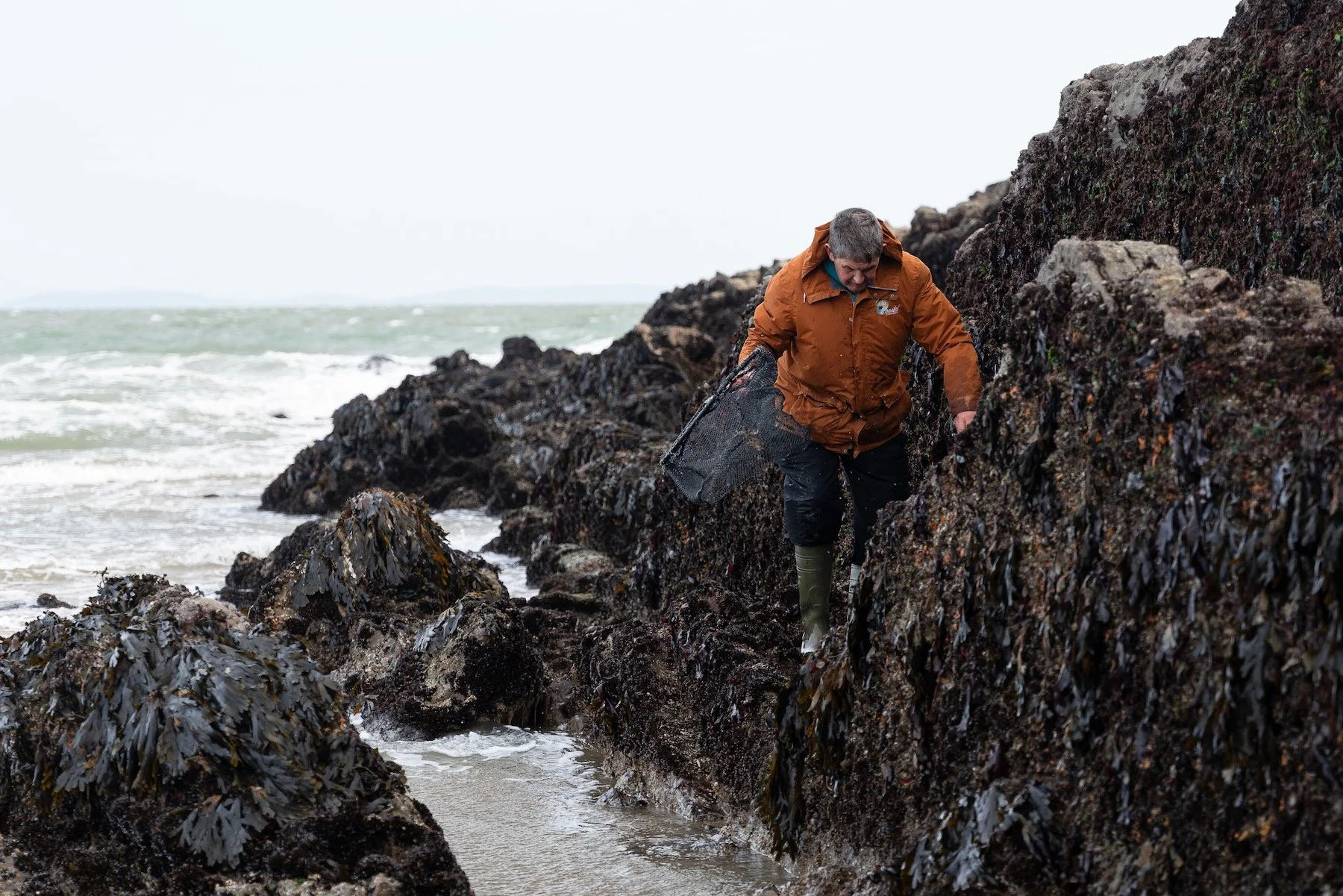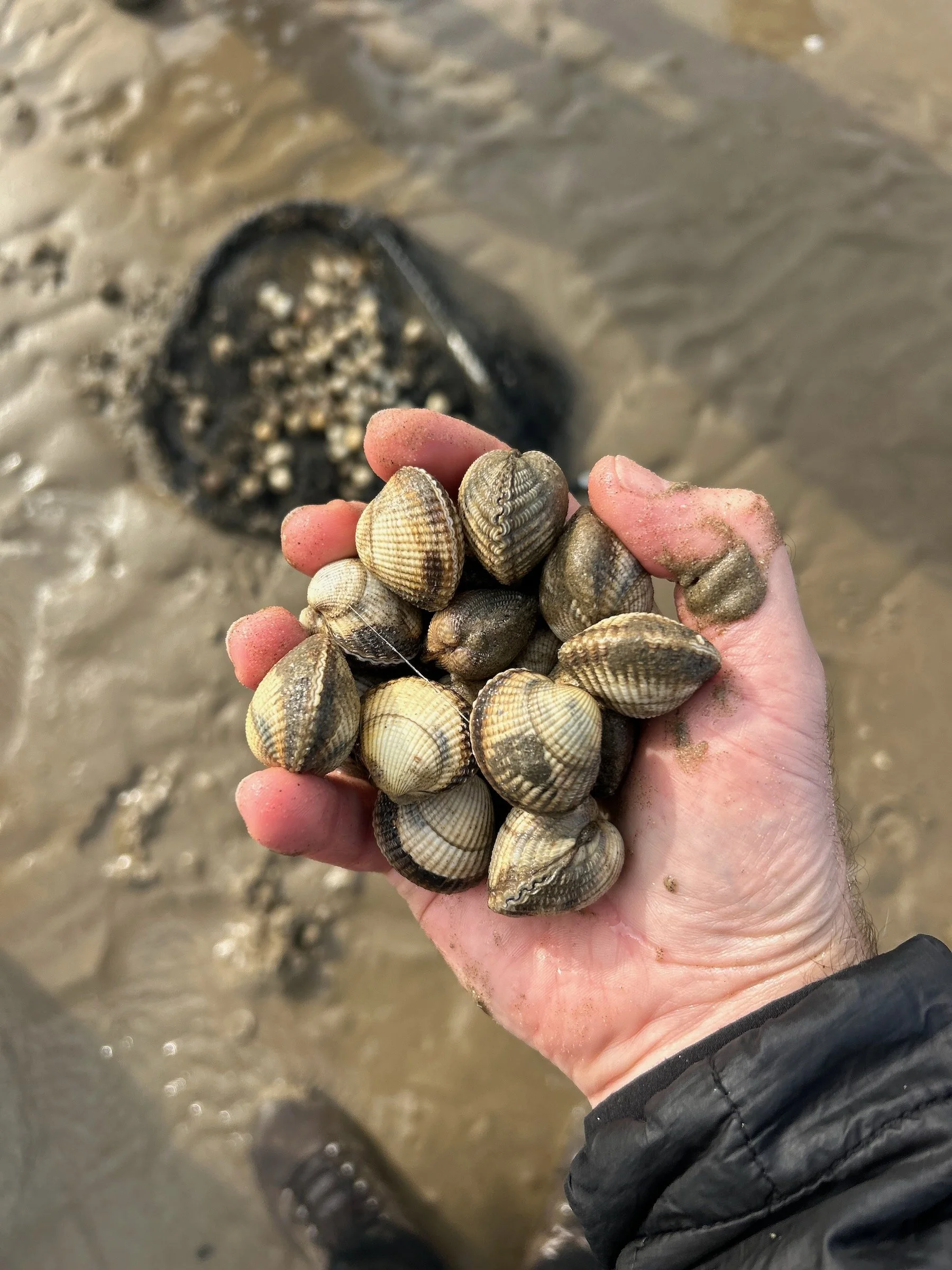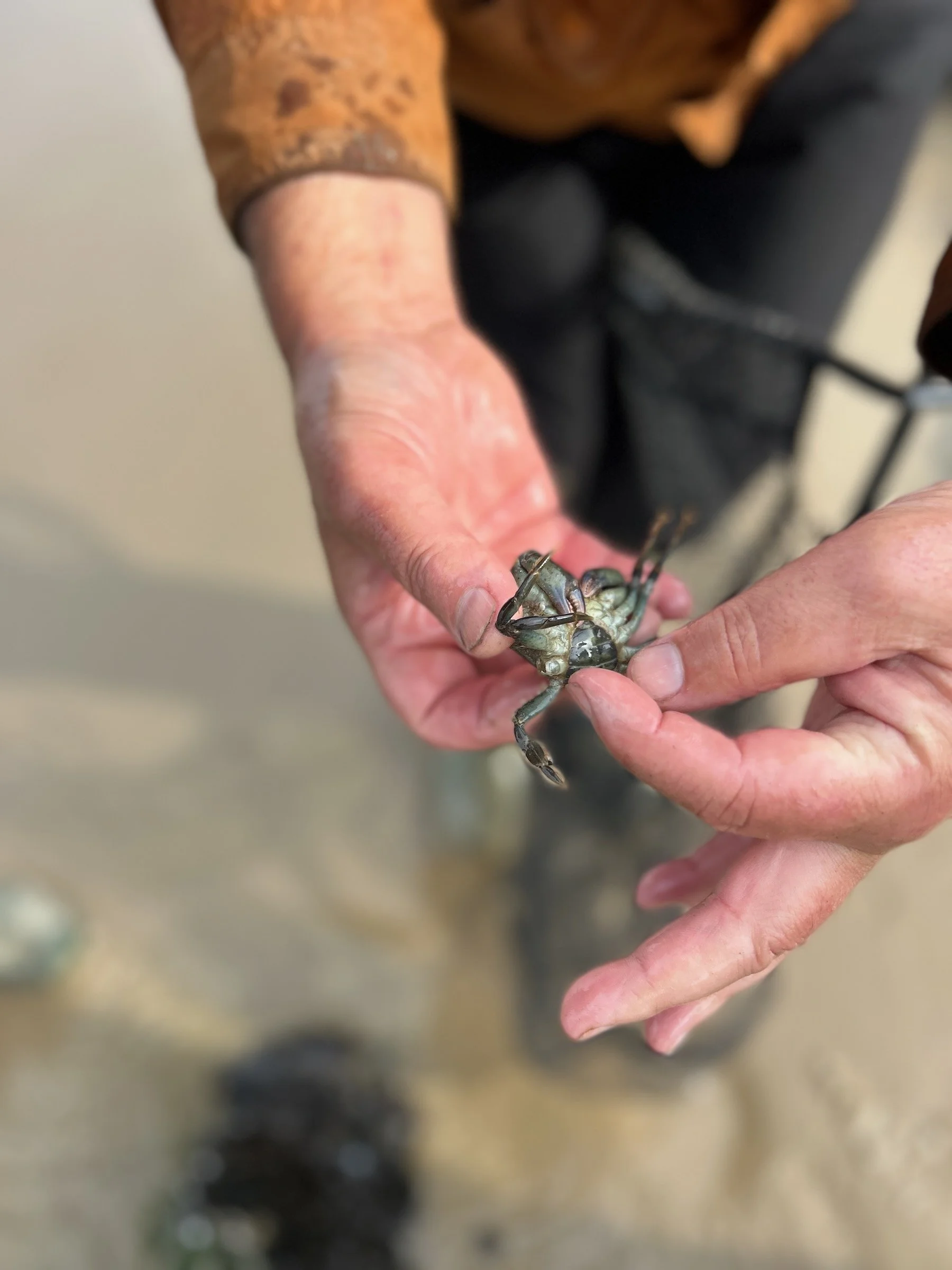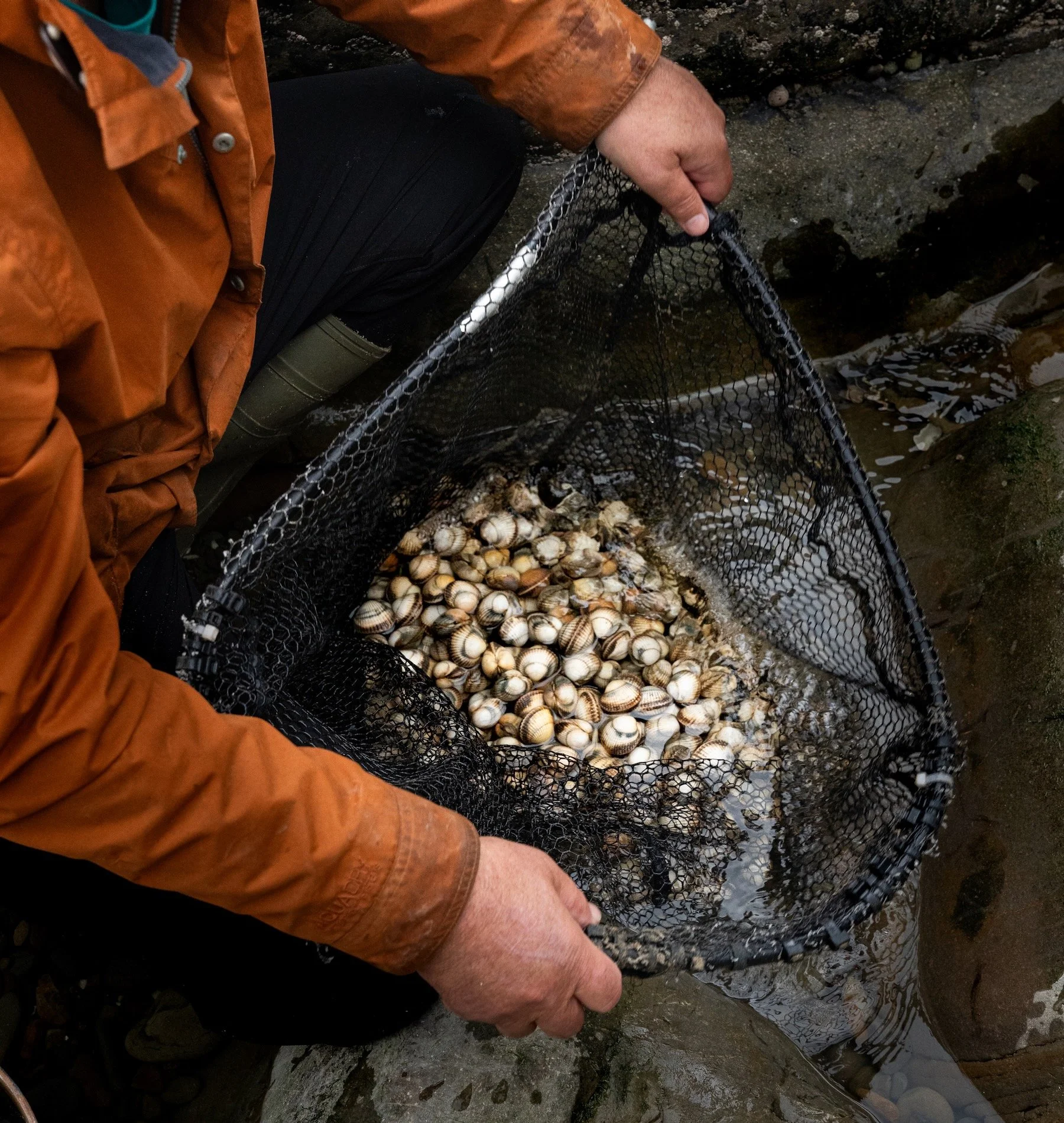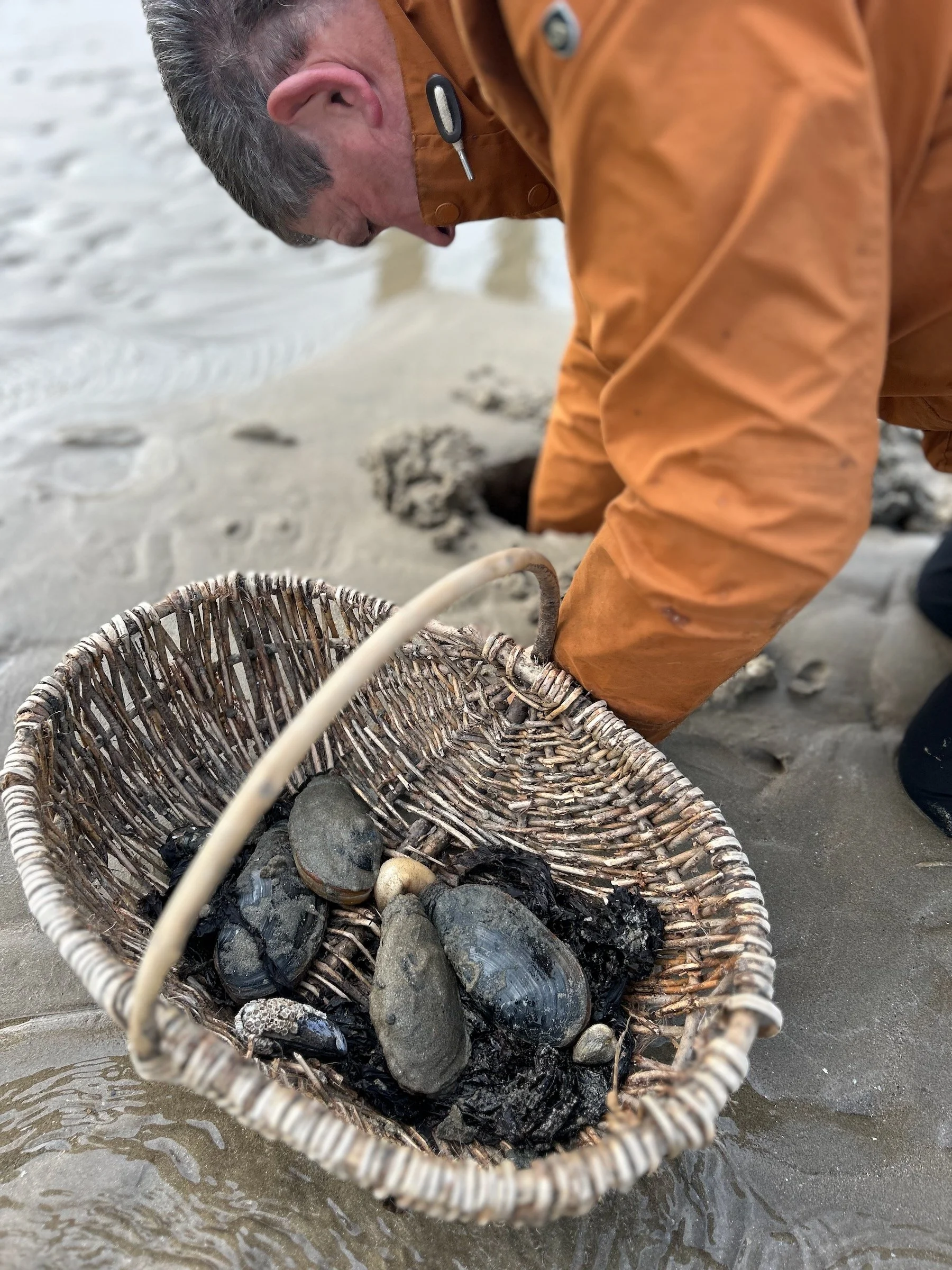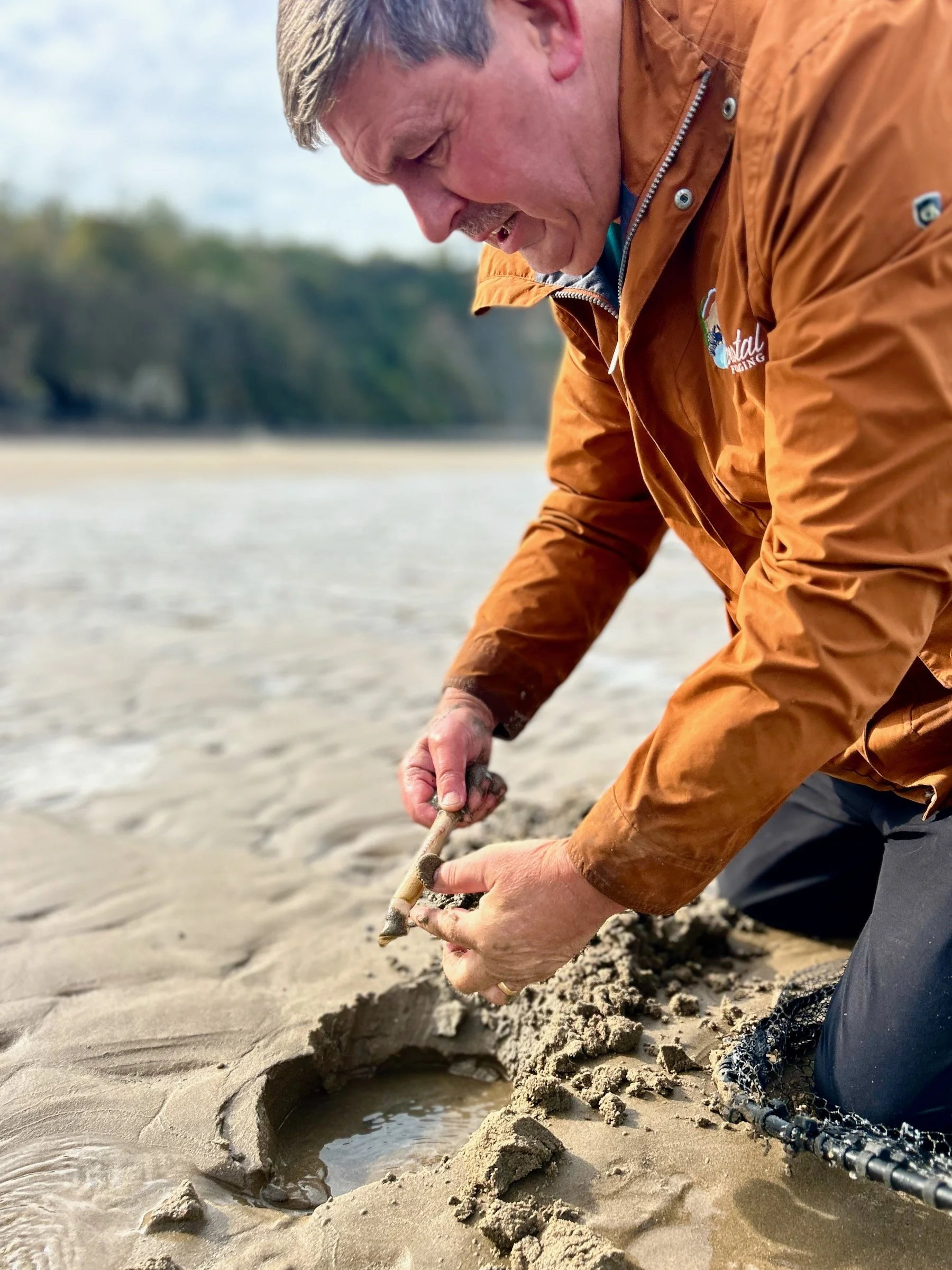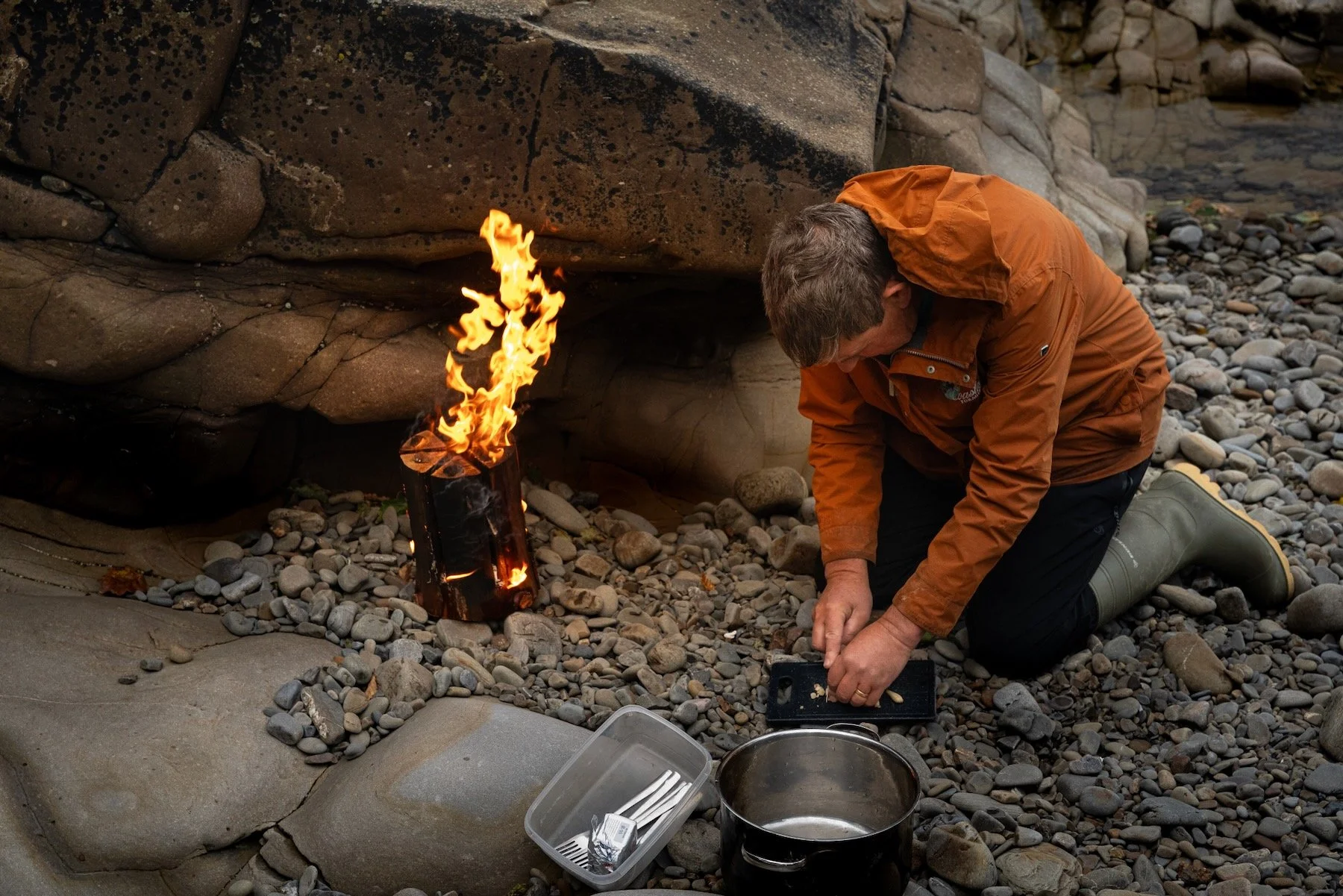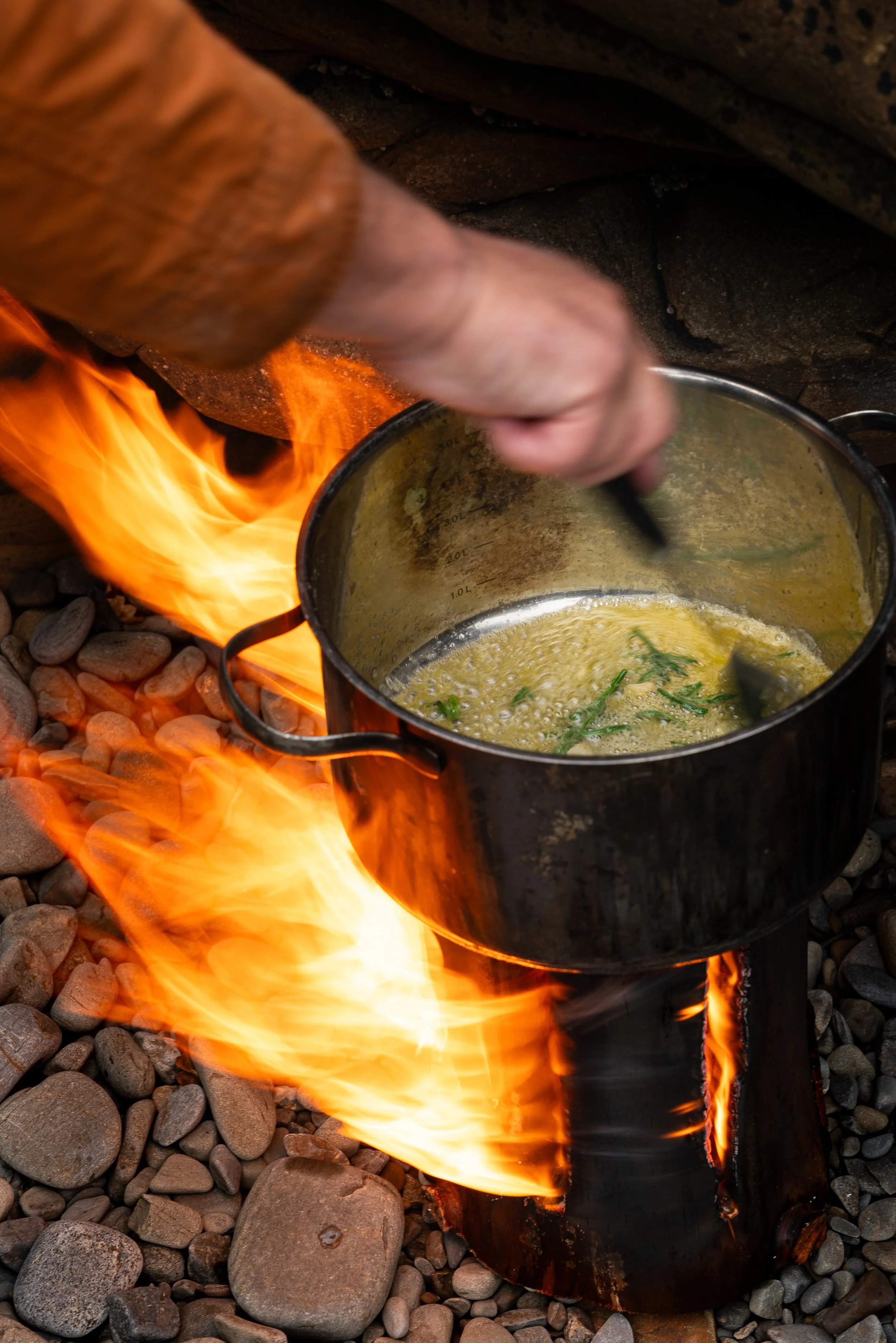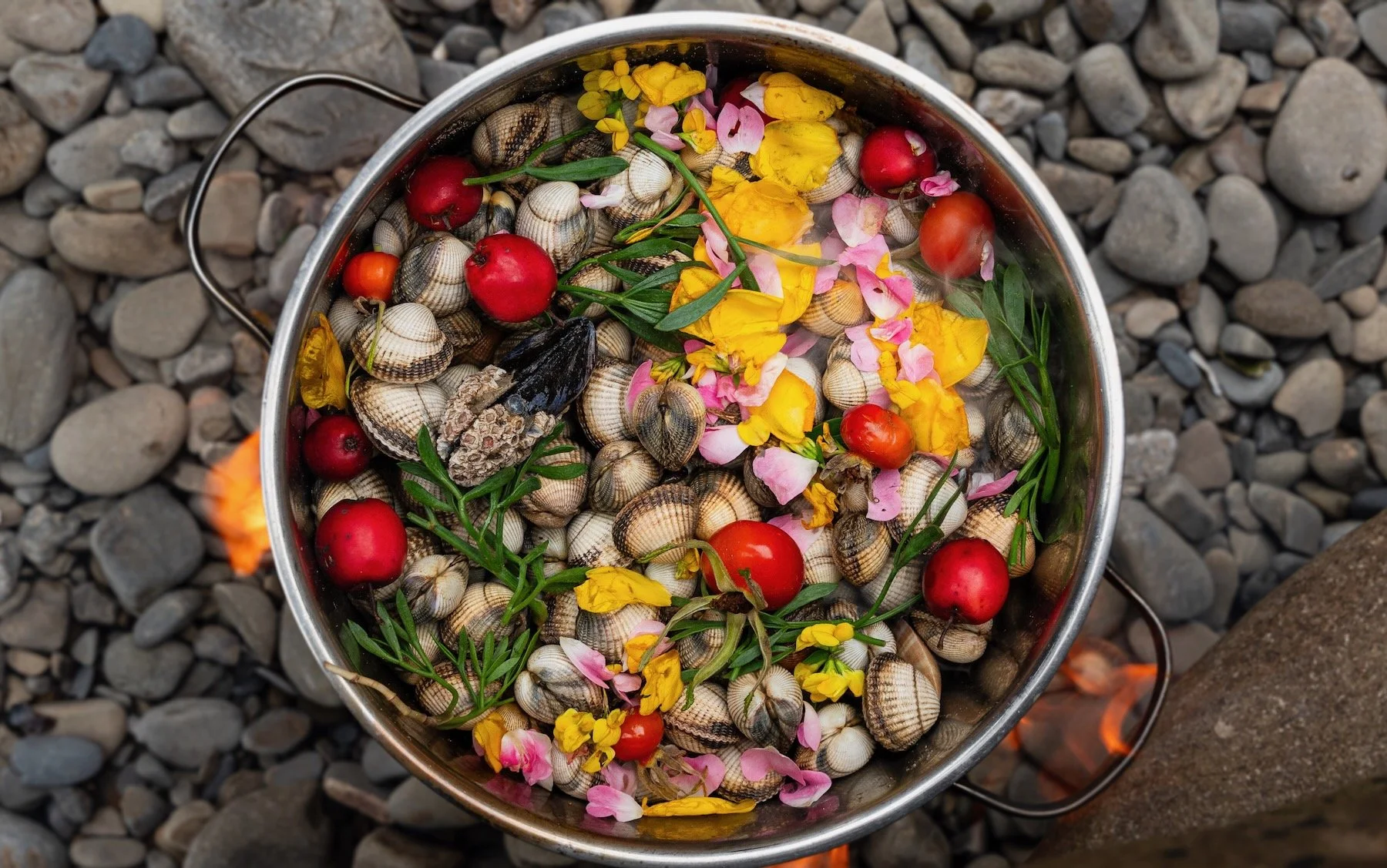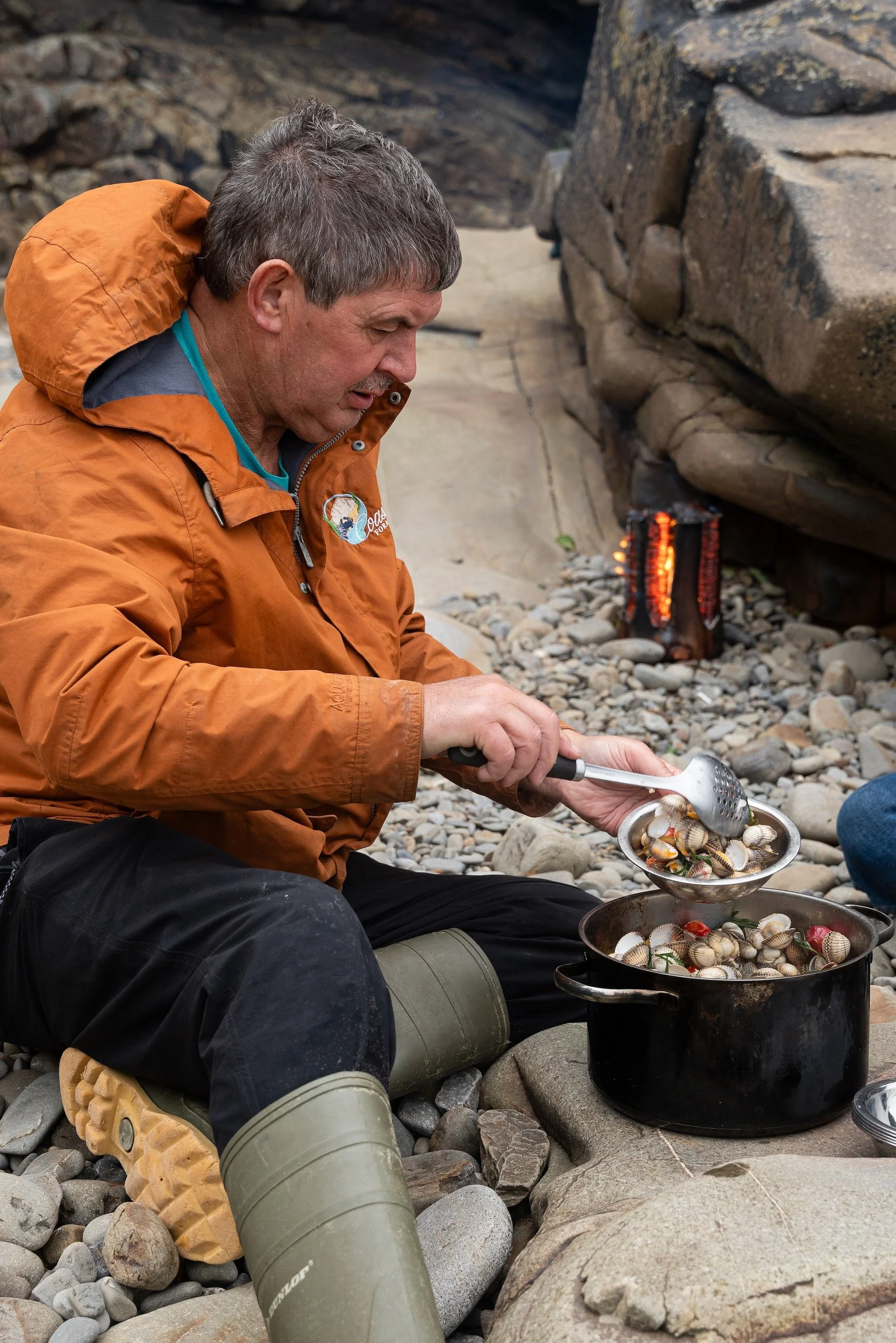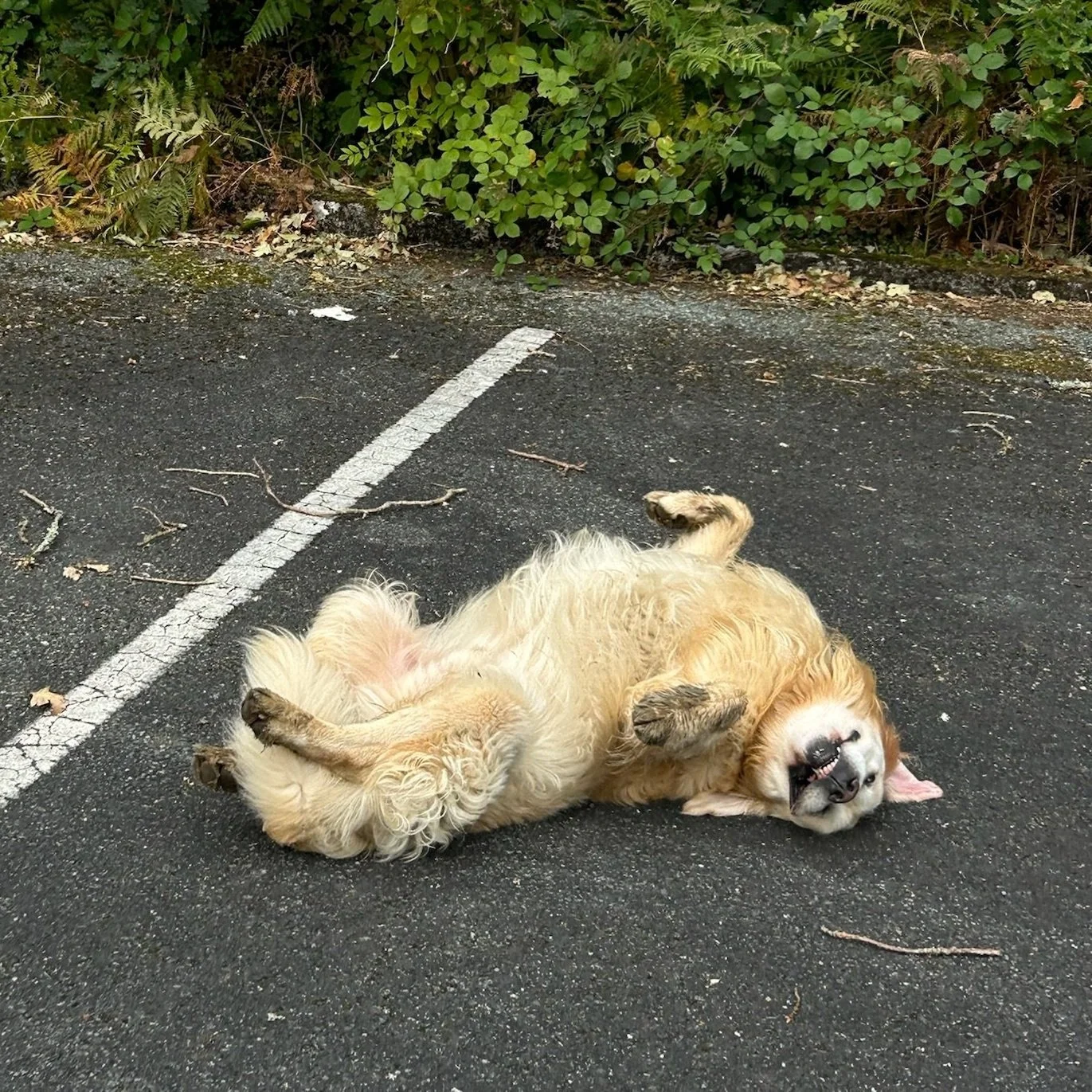Coastal Foraging - a photo adventure of food heritage by the sea
Nearly every day of the week in a Co-op car park in Kilgetty, Pembrokeshire, a strange thing happens.
Just before the midday sun hits its crest in the sky, a group of welly-wearing foodie enthusiasts arrive to meet with local foraging legend, Craig Evans and his even more famous dog, Llew. Together, this bunch - which can go up to 20 people - will embark on a foraging adventure to find naturally-occurring food within local areas and learn about food heritage, responsible harvesting, sustainability, optimal conditions and more.
In late 2024, I had the good fortune to spend a day as one of these foragers and join Craig’s ‘Classic Coastal Foraging’ expedition across the beaches and woodland of this corner of Wales.
It began, as all great adventures do, in a supermarket car park. Craig introduced himself and Llew, and explained how we’d need to know about tide times before going foraging. A few minutes of chatting and handing out some oysters he’d caught the day before - a little ‘here’s one I made earlier’ treat for the shellfish lovers among us - and we all jumped back in our cars to follow in convoy to our first location.
Where are you Mr Wild Garlic?
Hunting for garlic at Wisemans Bridge
We trudged down a muddy footpath alongside a quiet stream, and stopped near the water’s edge. Craig gave some great insights into how we can find wild garlic even when out of season (where to look and how deep to dig).
Wild garlic secured, we headed back towards the sand and surf. We stopped along the walkway next to the beach to try sea beets and sea radish - nature’s own fizzy cola bottles in taste (but not texture).
Finding mussels and cockles, alive, alive-oh…
After collecting a net, basket and cooking kit, we headed down a forest trail towards the sea, stopping at various points for Craig to point out interesting archaeological sites like hand-dug mines from 300 years ago, and a colony of mining bees in the side of the hill. I have to give Craig credit for his incredible local natural knowledge - as a fact-finding mission alone, the day was great.
We reached the beach and fought against the blustering winds to reach the rock pools and jagged cliffs. At various points, Craig stopped to point out ‘sea truffle’, a bitter-tasting seaweed growing on rocks that’s great for seasons and garnishes, and different types of anemones.
We netted a few prawns scuttling around rocks and - in a highlight of the day - Craig showed us how to find cockles hiding just below the surface of the sand. Once we had the technique, we could’ve collected literally hundreds had time not been an issue. Along with those we collected mussels, razor clams, soft shell clams… all with their own techniques for spotting and gathering.
What was great was Craig’s dedication to sustainable foraging; anything that was too little, or not right, was carefully put back in its place, meaning a razor clam and some crabs were left behind.
What was great was Craig’s dedication to sustainable foraging; anything that was too little, or not right, was carefully put back in its place.
We learned about all of the UK’s types of seaweed (all edible, not all nice). He also told us a great recipe for laverbread involving sourdough, brie and wild garlic (but you’ll have to book one of his trips to find that out).
Let’s eat!
Preparing the wild garlic and razor clams
Adding the butter, garlic and samphire to the pot
A few rosehips and edible flowers and some spring water finished the dish before cooking
Craig serving up… where’s the wine?
Cockles were rinsed. Oysters were shucked. And an unsuspecting limpet was chipped from a rock and fed to the willing members of the group… This was our first taste of the shellfish and whelks of the day (and to be fair, not one I’m likely to repeat - I am not a limpet convert).
Craig prepared and piled the wild garlic, cockles, oysters and soft shell clam into a pan with edible flowers, crab apples and rosehips he’d brought with him - he cooked it over his own ‘Solva stove’, a natural barbecue tool inspired by Scandinavian outdoor living.
A few minutes later and we were all digging into our own bowls of found treasures from the day - I’ll admit, some was fed surreptitiously to Llew the labrador (not from me, I hasten to add).
And a bonus photo of Llew the lion dog just to finish…
It was an incredible experience - and one I’d definitely recommend to anyone, particularly if you can handle live limpets… And from a food heritage and conservation point of view, a really interesting day to see seafood and self sufficiency go hand-in-hand. Might be a while before I tackle oysters again though :-)

